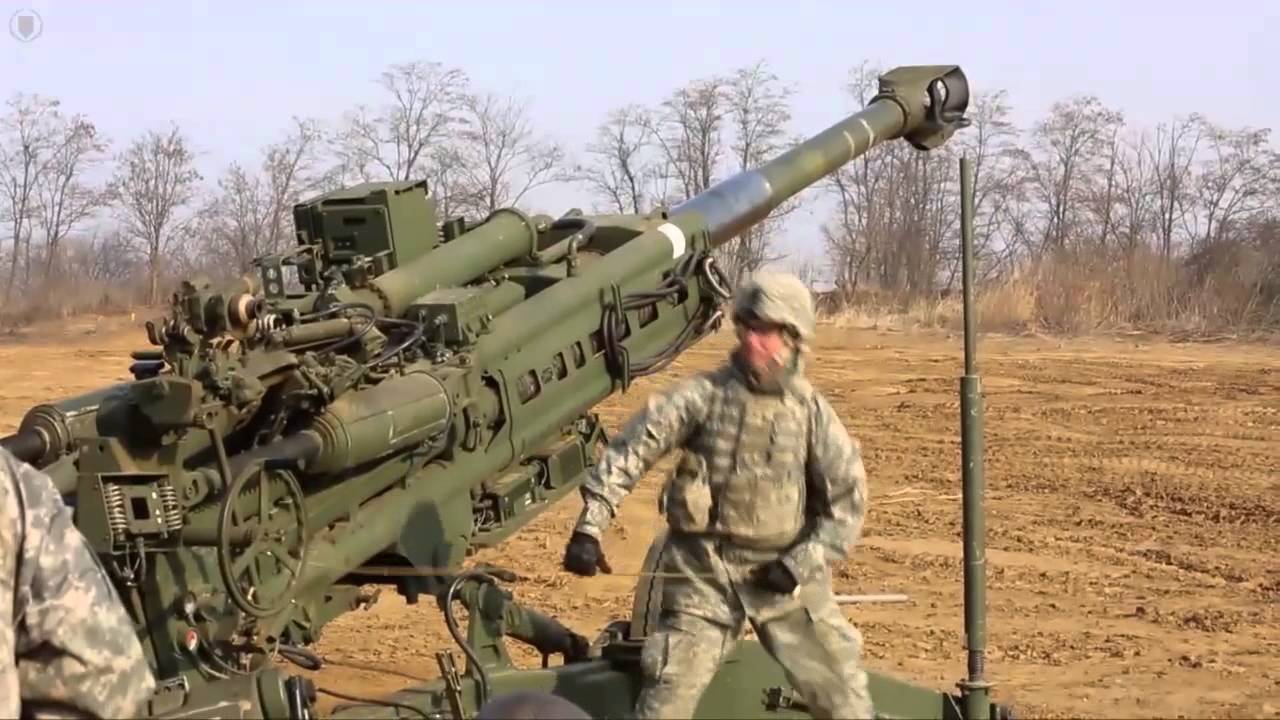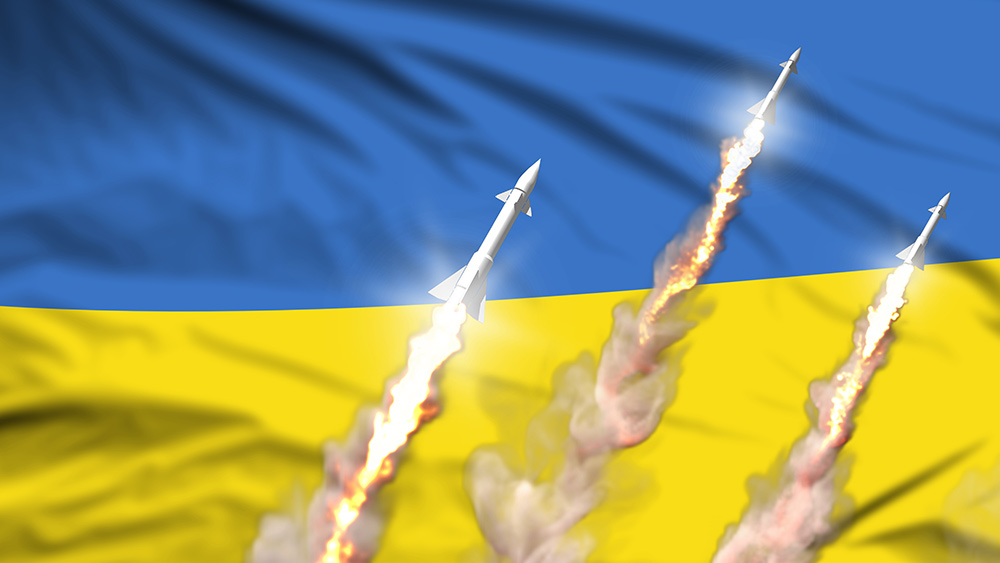
Foundries making artillery shells being overhauled
Bloomberg News zoomed in on the Scranton Army Ammunition Plant (SCAAP) located in the Keystone State. The plant operated by defense contractor General Dynamics has made artillery shells since the Korean War. Prior to this, however, the 15-acre complex had a more peaceful purpose – steam locomotives were once made there. From an all-time high employment of 1,836 back in 1970, 300 people now work at the plant to forge steel into casings for 155mm rounds. Production happens here 24 hours a day, with finished shells being sent to a plant in Iowa to be filled with explosives. But this isn't enough for the SCAAP, which has recently added weekend shifts to boost output. "The drudgery of the work masks an always-present danger," according to Bloomberg News. It recounted a fire at the plant, which sent smoke billowing from the facility's rooftop and temporarily shut down some production. SCAAP Commander's Representative Richard Hansen told Bloomberg News that fires are an unavoidable part of forging steel. He nevertheless reiterated that the plant is "100 percent prepared for that." A 23-year Navy veteran, Hansen has become the top Army civilian official overseeing the munitions foundry. The Army has poured about $429 million into updating Scranton. The plant's cramped rooms are being refurbished and its floors reinforced to bear the weight of new machinery. In the face of geopolitical tensions and evolving threats, the imperative to strengthen munitions manufacturing is clear. It's a long-term endeavor, but one that's essential for ensuring readiness and resilience in an increasingly uncertain world. Visit MilitaryTechnology.news for more stories like this. Watch this report about Russia outproducing the West when it comes to drones and artillery shells. This video is from The Prisoner channel on Brighteon.com.More related stories:
NATO’s ammo shortage worsens due to skyrocketing prices and Ukrainian troops’ overconsumption of artillery shells. U.S. facing worsening ammo shortage while trying to keep up with Ukraine’s demands. Ammo prices to skyrocket due to global gunpowder shortage caused by Russia-Ukraine and Israel-Palestine conflicts. Sources include: Bloomberg.com Brighteon.comRussia blames the U.S. for Ukrainian missile attack on Crimea
By Ramon Tomey // Share
Russia unveils new ANTI-DRONE ROBOT named “Wall-E”
By Ramon Tomey // Share
Corrupt U.S. intelligence regime now handing over massive intel dumps to Israel
By Cassie B. // Share
Software provider CDK Global HACKED, paralyzing over 15,000 car dealerships across America
By Belle Carter // Share
UN report: Israeli war in Gaza caused CATASTROPHIC spike in air, soil and water pollution
By Laura Harris // Share
The Great Unraveling: Preparing for the coming financial collapse and the end of the dollar
By ramontomeydw // Share
Gold dethrones Treasury bonds as largest foreign reserve asset after 30 years
By avagrace // Share
New research confirms alcohol's broader, deeper cancer threat
By avagrace // Share











